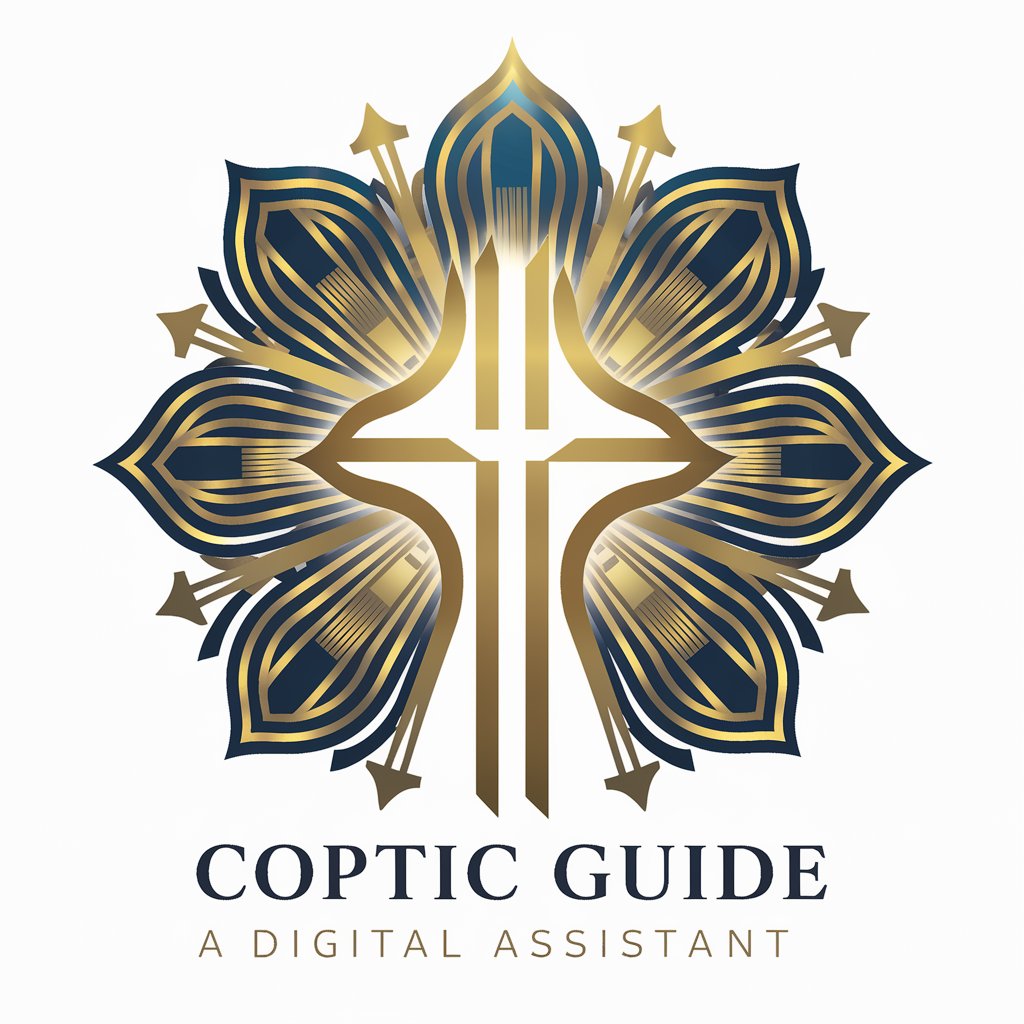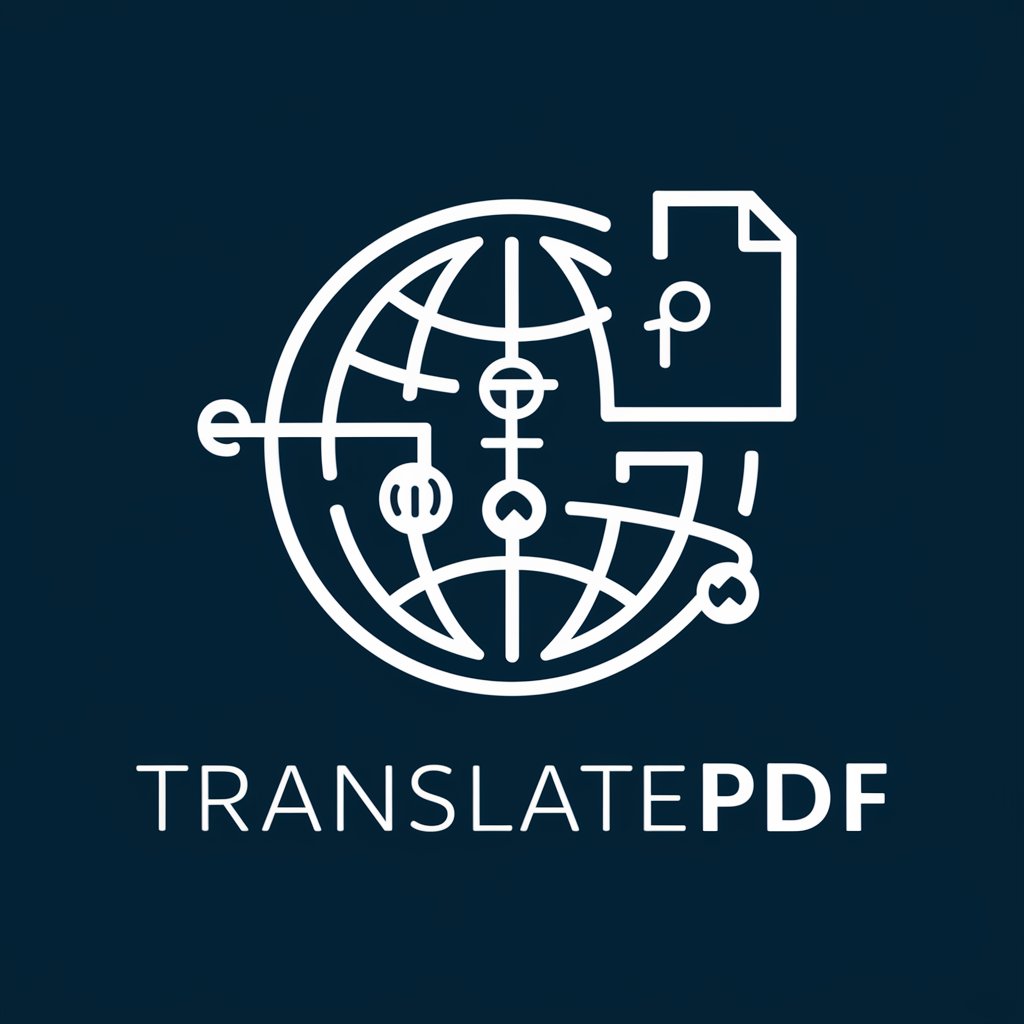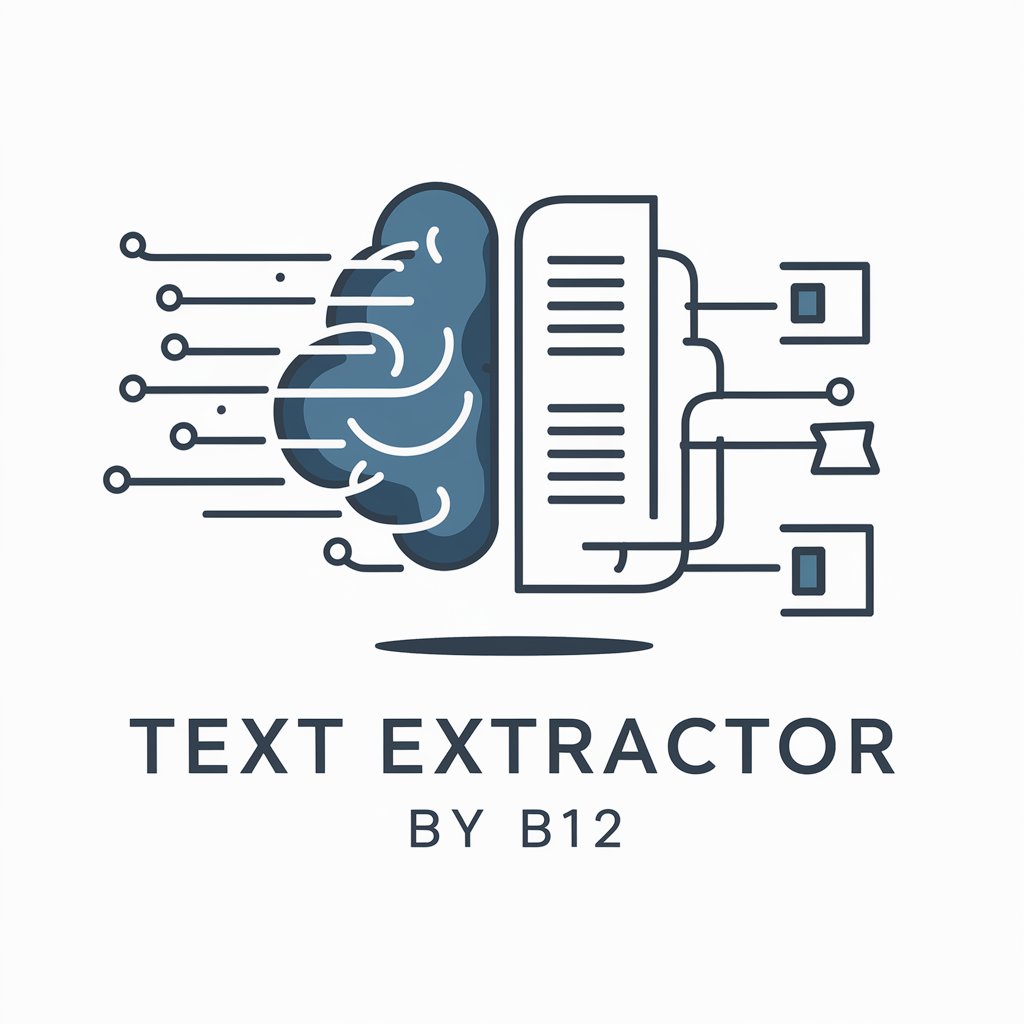
Text Extractor GPT - image-to-text extraction tool

Extracts and displays text from screenshots. Just upload any picture with text. No prompts needed.
AI-powered tool for seamless text extraction
Get Embed Code
Introduction to Text Extractor GPT
Text Extractor GPT is a specialized version of ChatGPT designed to extract and present text from screenshots or images. Its primary function is to provide users with the exact textual content found within an image, ensuring a clear and efficient transfer of information. This service is particularly useful in scenarios where text needs to be quickly and accurately retrieved from visual data without additional commentary or conversation. For example, a user might upload an image of a document, and Text Extractor GPT would output the text within that document verbatim, enabling easy copying and further use. Powered by ChatGPT-4o。

Main Functions of Text Extractor GPT
Text Extraction
Example
A user uploads a screenshot of an article.
Scenario
The extracted text is presented in a code block, allowing the user to copy and paste the article text for further use, such as for editing or sharing.
Handling Multiple Languages
Example
A user uploads an image containing text in Spanish.
Scenario
Text Extractor GPT accurately extracts and presents the Spanish text, making it useful for multilingual document processing.
Identifying Unreadable Text
Example
A user uploads a blurry photo of a sign.
Scenario
Text Extractor GPT analyzes the image and informs the user that the text is unreadable, maintaining its commitment to clarity and efficiency.
Ideal Users of Text Extractor GPT
Researchers and Academics
Researchers and academics often need to extract text from images of documents, charts, or books. Text Extractor GPT provides them with a quick way to digitize and manipulate text for their research.
Content Creators and Editors
Content creators and editors can benefit from extracting text from images to streamline their workflow, such as when quoting text from screenshots or editing scanned documents.
Students
Students frequently deal with visual study materials. Text Extractor GPT helps them convert image-based text into editable and searchable formats for easier studying and note-taking.
Business Professionals
Business professionals who handle scanned documents, receipts, and business cards can use Text Extractor GPT to quickly digitize and organize text for reporting and record-keeping.

How to Use Text Extractor GPT
1
Visit yeschat.ai for a free trial without login, also no need for ChatGPT Plus.
2
Upload the screenshot or image containing the text you want to extract.
3
Once uploaded, the tool will automatically process the image to extract any readable text.
4
The extracted text will be presented in a code block for easy copying and use.
5
If no text is detected, you will be notified, allowing you to try a clearer image or verify the contents.
Try other advanced and practical GPTs
Software Engineer Resume Coach
Elevate Your Engineering Career with AI

Corporate Analyst Assistant
AI-Powered Insights for Corporate Analysis

Image to text
Unlock text with AI-powered precision.

Archie
Empowering building code compliance with AI

Coptic Guide
Exploring Coptic Faith with AI

TranslatePDF
AI-powered, Accurate PDF Translations

GameDev Guru
Empowering Creativity in Game Design

Thumb GPT Vídeos
Craft Fear with AI

Badminton Expert
Master Badminton with AI Coaching

Prompt Craft
Crafting Prompts, Enhancing Intelligence

Taylor the Trig/Precal Tutor
Master Math with AI-Powered Tutoring

CISSP Buddy
Master CISSP with AI-driven guidance

Common Questions about Text Extractor GPT
What types of images can Text Extractor GPT process?
Text Extractor GPT can process most common image formats like PNG, JPEG, and screenshots. However, the image should be clear, and the text within should not be heavily distorted or obscured for optimal results.
Does Text Extractor GPT work with handwritten text?
No, Text Extractor GPT is optimized for printed or digital text. It does not reliably extract text from handwritten notes.
Is there a file size limit when uploading images?
While there are no strict limits on file size, smaller and more manageable image files will process more quickly. It's recommended to keep images within a reasonable size for faster performance.
Can Text Extractor GPT be used for extracting text from scanned documents?
Yes, scanned documents can be processed, provided the text is legible and not skewed or blurry. Scanned PDFs need to be converted to images before uploading.
Does Text Extractor GPT store the images uploaded for text extraction?
No, Text Extractor GPT does not store any images or extracted text. It is designed to prioritize user privacy and securely process the data in real-time without retention.





